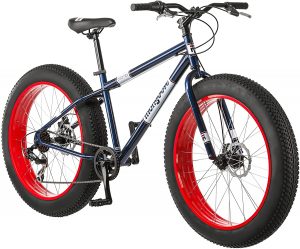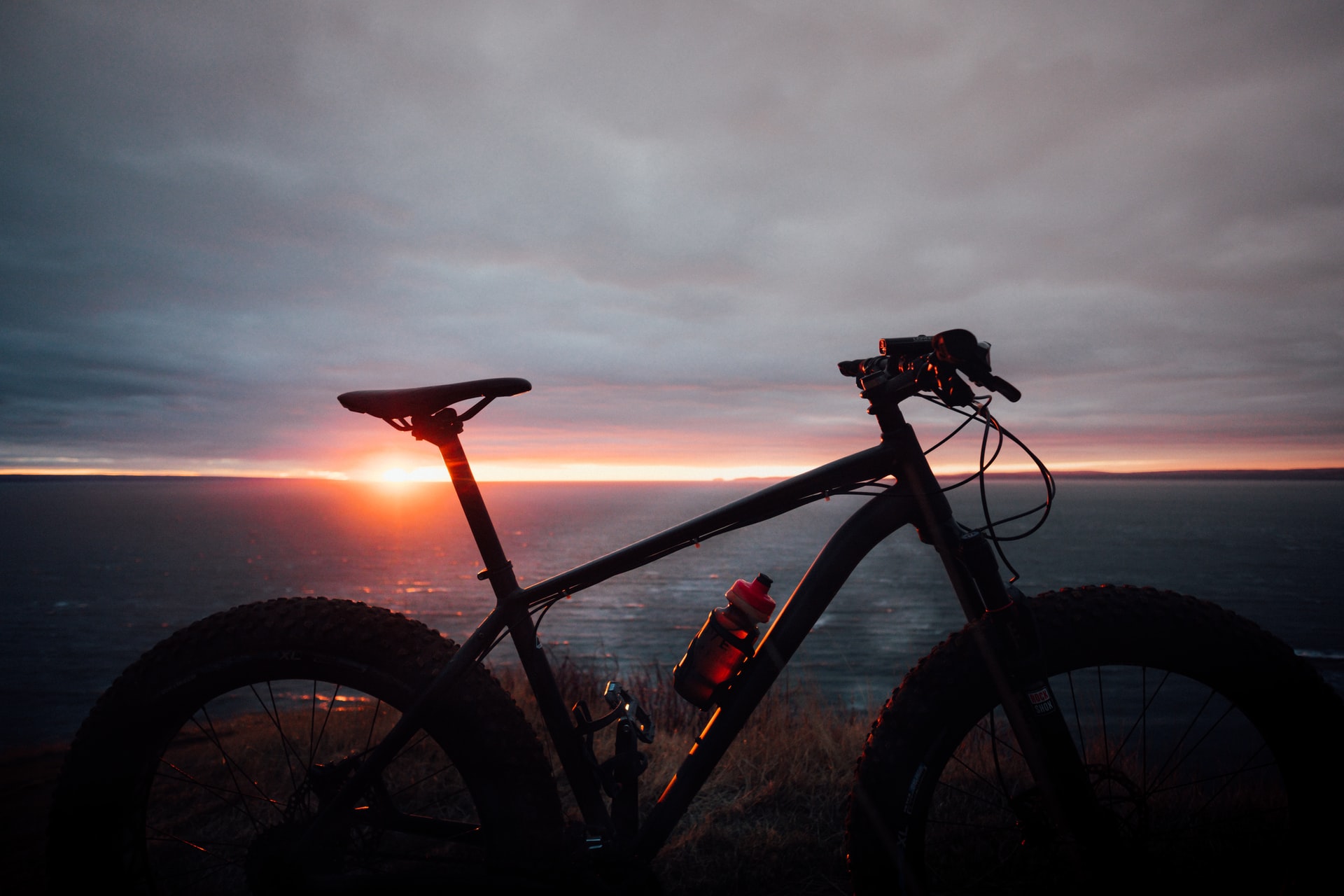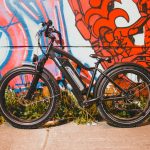When looking to buy a fat bike, one of the biggest questions is how much money should be spent. There are fat bikes available across a wide range of prices, from a few hundred dollars to several thousand dollars. Setting the right budget can be tricky but is an important part of making sure you select the right fat bike for your needs and experience level. This article will provide a breakdown of what to expect at different price points and tips for determining the best value.
Entry-level Fat Bikes Under $1000
Entry-level fat bikes typically range from around $500 to $1000. In this price range, you can expect an aluminum frame and more basic components. However, major brands like Trek, Specialized, Salsa, and Norco offer solid starter options.
The biggest advantage of more affordable fat bikes is that they allow beginners to experience fat biking without a huge upfront investment. The wider 3.8-4.0 inch tires, durable frames, and quality drivetrains get the basics right. While the components may be heavier and less refined, entry-level fat bikes work surprisingly well for recreational use.
Paying between $500 to $1000 means missing some newer standards and technology found on pricier bikes, like thru-axles and carbon forks. However, many riders may not notice the difference. Those looking to progress into more committed and competitive fat biking can always upgrade parts over time.
Overall, sub-$1000 fat bikes strike the ideal balance for new riders to enjoy the thrill of floating over snow and exploring backcountry trails. Test riding some options from quality brands can help identify which model fits your needs best.

Mongoose Dolomite Fat Tire Bike
Mid-range Fat Bikes $1000 – $2000
Stepping up to the $1000 to $2000 range opens up noticeably higher-performing fat bike options. In this mid-range category, key upgrades include lighter aluminum frames, carbon or suspension forks, tubeless compatible wheels, and improved drivetrain and braking components.
Popular models here come from Salsa, Trek, Specialized, Norco, Cannondale, and more. Standout elements often include internally routed cabling for a cleaner look, fast-rolling 120 tpi tires, and thru-axles for enhanced stiffness and control. Overall, expect excellent reliability from reputable brands paired with components that are lighter-weight and higher functioning.
While still not quite top tier, mid-range fat bikes strike an appealing balance for enthusiastic riders looking to take their off-road adventures to new levels. The improved components make climbing, descending, cornering, and technical sections noticeably smoother and more controlled. This leads to more confidence, comfort, and capabilities when riding places entry-level fat bikes struggle.
Paying up to $2000 brings a lot more performance, though the law of diminishing returns applies beyond this price point. Those seeking elite-level race performance or maximum weight savings can consider spending more, while many can stick to this range for an optimized balance.
High-end Fat Bikes $2000+
At the $2000+ range, fat bikes enter the high-end, premium category, showcasing cutting edge design and construction. Top models here come complete with ultra-light frames and forks crafted from carbon fiber, electronic and wireless drivetrains for crisp shifting performance, and wheel/tire systems purpose-built to excel in any terrain or snow conditions.
Iconic models in this range include the Salsa Beargrease, Trek Farley, Specialized Fatboy, Norco Ithaqua, and Borealis Carbon. Owners can expect incredibly responsive and lively handling backed by strong and dependable components ready for hardcore adventures. The performance ceiling is essentially limitless in the hands of competitive and expert riders seeking blistering speed.
While cost may deter some, devoted fat bike enthusiasts find the investment worthwhile. Shaving every possible ounce while retaining stiffness and strength leads to a wholly unique riding sensation when floating over powder or bombing down trails.
Still, more budget-conscious riders can emulate much of the performance through smart upgrading over time. Paying full price for true high-end models is ultimately about pursuing fat biking passions with zero compromises. The price reflects unmatched technical capacities that only seasoned riders may fully utilize but remains drool-worthy for all.
Key Factors in Setting Fat Bike Budget
Determining the appropriate budget comes down to honest assessments of needs and expectations. Those newer to fat biking generally fit nicely into lower pricing tiers while gaining experience. Yet enthusiasts hungry for cutting edge engineering can justify premium costs to unleash adventure possibilities.
Most important is avoiding over or underspending relative to planned usage. Wasting money on unused capabilities or fighting a bike’s limitations both dampen trail enjoyment. Consider what fat biking pursuits are most appealing personally before establishing a targeted spending range.
Casual Use or Entry-Level Riders
Fat bikers who plan on more casual, recreational use focused on having fun without pushing extremes fit nicely into the entry-level pricing category. Beginners looking to break into the sport also appreciate quality starter models without intimidating costs or complexity.
In either case, expect to spend around $500 to $1000 for a solid recreational model like the Trek Farley 5. Capable aluminum frames with 100mm suspension forks, durable 26 or 27.5 inch wheel and tire combos, mechanical brakes, and quality drivetrains handle most beginner or casual needs.
Paying for unnecessary performance gains that recreational use won’t leverage is wasted money. Entry-level fat bikes help learn proper skills and suit slower paces exploring local trails or snow routes. Upgrading makes sense later once dialing in preferences through real experience.
Enthusiast Riders Pushing Performance
Fat bikers ready to step up distance, speed, and technical abilities benefit from mid-range models balancing enhanced performance with affordable pricing. This generally spans $1000 to $2000 depending on specific needs.
Here, upgraded suspension forks, tubeless-ready wheels, tapered steerer tubes, thru-axles, and similar component improvements add noticeable speed, responsiveness, and control. Bikes become more capable in tricky terrain as stronger frames and parts limit flex and failure over time. Serious enthusiasts stretching their skills push into exciting new challenges at this level.
Paying more brings real advantages that ambitious riders can leverage fully. Yet avoiding the high-end remains prudent unless truly racing or competing long term due to the law of diminishing returns. Target component upgrades for priority areas instead for better value.
Competitive Racers and Expert Riders
Fat bike racers, competitors, and expert winter explorers with precise performance demands justify the highest pricing tier. Models from $2000 up to $10000 ensure no compromises for those constantly testing limits across long distances or technical terrain.
Extensive carbon fiber construction, electronic drivetrains, customized geometry, and obsessive weight reduction optimize speed and handling. Only elite-level riders can fully harness the technical capabilities yet the performance is undeniably jaw-dropping.
The costs clearly limit wider adoption yet devoted riders insist the difference is profound. Shaving mere grams accelerates acceleration spanning hundreds of miles. Committing financial resources matches the dedication to their craft. While certainly not essential, high-end bikes help experienced athletes excel.
Conclusion
Predicting a perfect fat bike budget is tricky but becomes easier when factoring riding background, skill goals, and intended use cases. Honestly assessing personal needs makes finding the ideal balance easier at any pricing level. Doing so helps newcomers discover fat biking affordably while giving experts access to cutting-edge performance. Most importantly, the right budget brings joy and inspiration to unlock new adventures on trails and snow year-round.






